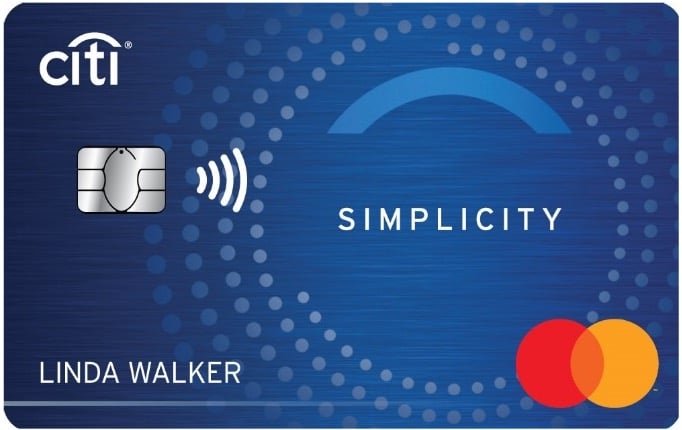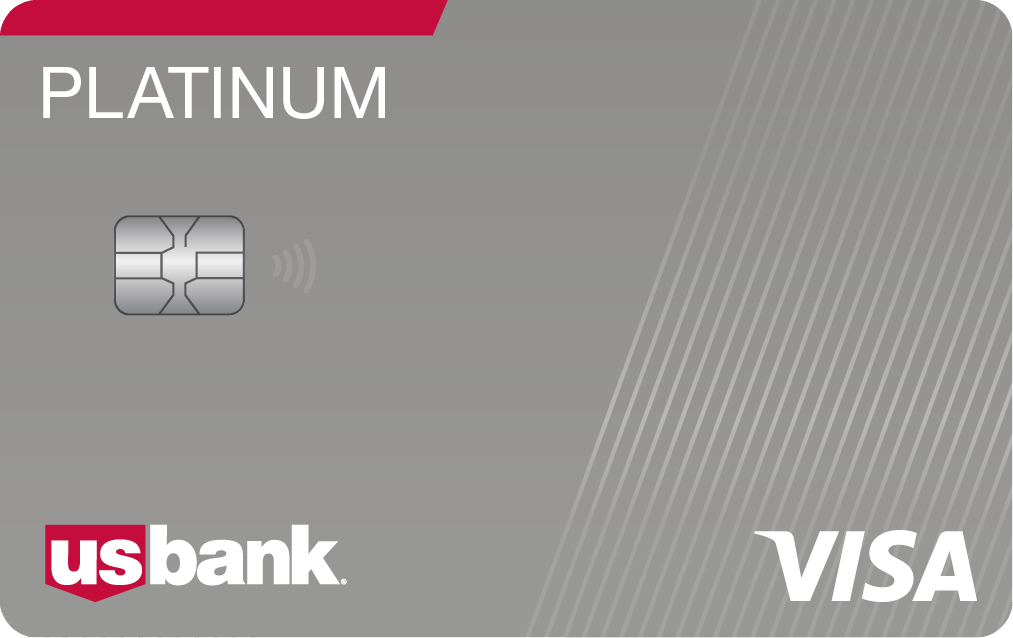How to Choose a 0% APR Credit Card

Many or all of the products featured here are from our partners who compensate us. This influences which products we write about and where and how the product appears on a page. However, this does not influence our evaluations. Our opinions are our own. Here is a list of our partners and here's how we make money.
If you're seeking to ease the financial burden of carrying debt or want some extra time to pay off a large purchase, a credit card with an introductory 0% annual percentage rate can be an ideal solution. Depending on the terms of a specific credit card, the 0% APR period will apply to purchases, balance transfers or both.
There are plenty of options available on the market, but the right 0% APR credit card will be the one that best matches your needs or circumstances. Here's what to consider.
1. Determine your goal
When you're seeking a reprieve from high-interest debt, it's generally for one of two reasons:
You're making a large purchase. When you don't have the cash immediately on hand but there's an urgent expense or a too-good-to-be true deal, a card with a 0% intro APR offer on purchases lets you divide the expense into more manageable monthly payments. When weighing such an offer, consider the length of the promotional period, the ongoing APR when that 0% period ends, and whether the card has an annual fee. (Most good 0% intro APR credit cards don’t charge annual fees.)
You're looking for debt relief. With a 0% introductory APR balance transfer credit card, you can transfer existing debt to another issuer's credit card with lower interest — in this case, 0% for a promotional period. Most cards charge a balance transfer fee of 3% to 5% of the amount transferred, but it's possible to find no balance transfer fee credit cards. If the card you're considering does charge such a fee, it can still be worth it — but it pays to do the math. Use our calculator to determine whether a one-time balance transfer fee on a 0% intro APR card is more (or less) than what you would pay in interest on your existing debt over the same period of time.
Of course, it's also possible you're looking for both — a card that has a 0% intro APR offer on both purchases and transfers. They do exist, but terms differ. For example, the $0-annual-fee Discover it® Balance Transfer comes with the following introductory offer: Get 0% intro APR on Purchases for 6 months and 0% intro APR on Balance Transfers for 18 months, and then the ongoing APR of 17.24%-28.24% Variable APR.
Generally speaking, if you have debt you're looking to reduce, it may not make sense to make a large purchase at the same time as a balance transfer, unless you're confident you can pay off those balances before the end of the 0% promo period.
For either goal, be careful not to confuse a 0% intro APR offer with a deferred interest offer. Unlike a true 0% APR offer on a bank-issued credit card, a deferred interest offer doesn't waive interest, it merely sets it aside for a time. if you still owe any money after the offer period expires — even if it’s just a few cents — you’ll have to pay all the interest that’s been adding up, retroactively. That could be hundreds of dollars.
2. Calculate how much time you'll need
A longer 0% intro APR period means more time to whittle down your debt, and promotional windows on credit cards can range from six months to nearly two years. But when it comes to a balance transfer offer, know that longer periods might mean higher transfer fees, which in turn can chip away at your overall savings.
The Citi Simplicity® Card, for example, has a $0 annual fee and comes with an intro 0% Intro APR for 21 months on Balance Transfers and 12 months on Purchases, and then the ongoing APR of 19.24%-29.99% Variable APR. But it has a balance transfer fee of $5 or 3% (whichever is greater) on any balance transferred in the first four months. After that the transfer fee bumps up to 5% (minimum of $5). Keep in mind that will tack additional debt onto the amount you're transferring.
The $0-annual-fee U.S. Bank Visa® Platinum Card, on the other hand, has an introductory 0% intro APR for 18 billing cycles on purchases and balance transfers, and then the ongoing APR of 18.74%-29.74% Variable APR. That's also a significant interest-free period, but the balance transfer fee is only 3%.
If you find yourself moving debt from one 0% card to another but never making any headway, look into other debt solutions.
» MORE: Cards with long 0% APR periods
Be aware that when you apply for a 0% APR card, you typically won't know your credit limit until after you're approved. If you're seeking to transfer, say, $10,000 worth of debt, it's possible you'll be approved for much less than that.
3. Note the card's ongoing APR, and when it kicks in
Your goal in choosing a card with a 0% intro APR offer is to knock out all, or at least most, of your debt. But the promotional interest-free period won't last forever, and when it ends, the card's ongoing variable APR — typically in the double digits — kicks in. That can mean hefty interest charges if you still have an unpaid balance.
If you aren't confident you can pay off a significant portion of your debt within the promo period, you may fare better with a card that offers a low ongoing interest rate, rather than a short-term 0% rate. You could consider, for instance, a card like the Lake Michigan Credit Union Prime Platinum Card. It doesn't have a 0% intro offer, but it does offer a lower-than-average interest rate of The ongoing APR is 11.50%, Variable for those who qualify. The annual fee is $0, and it doesn't charge balance transfer fees.
» MORE: Compare low-interest cards

4. Look beyond just the 0% offer
Yes, the interest-free period is the main draw, but some cards offer incentives for keeping them around even after the promotional APR offer ends. The aforementioned U.S. Bank Visa® Platinum Card doesn't earn rewards, but it does feature cell phone insurance, which could come in handy.
Keep in mind, though, that rewards cards tend to carry high ongoing interest rates once their 0% intro APR offers expire. If you tend to carry a balance, interest charges will eat away at any rewards you might earn.
5. Understand your obligations
Hitting the pause button while the promotional period lasts doesn’t eliminate your responsibilities. You still owe the balance, and you likely will be required to make a minimum monthly payment. And if you pay late, you may risk losing the introductory 0% introductory APR offer and your good credit.
Fulfill your credit card’s terms and keep track of your promotional period’s expiration date to avoid any unwanted surprises.
Find the right credit card for you.
Whether you want to pay less interest or earn more rewards, the right card's out there. Just answer a few questions and we'll narrow the search for you.







